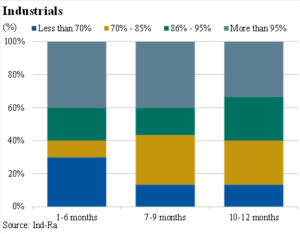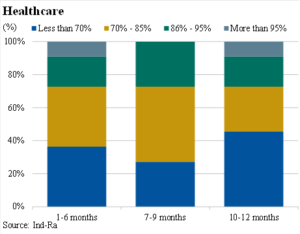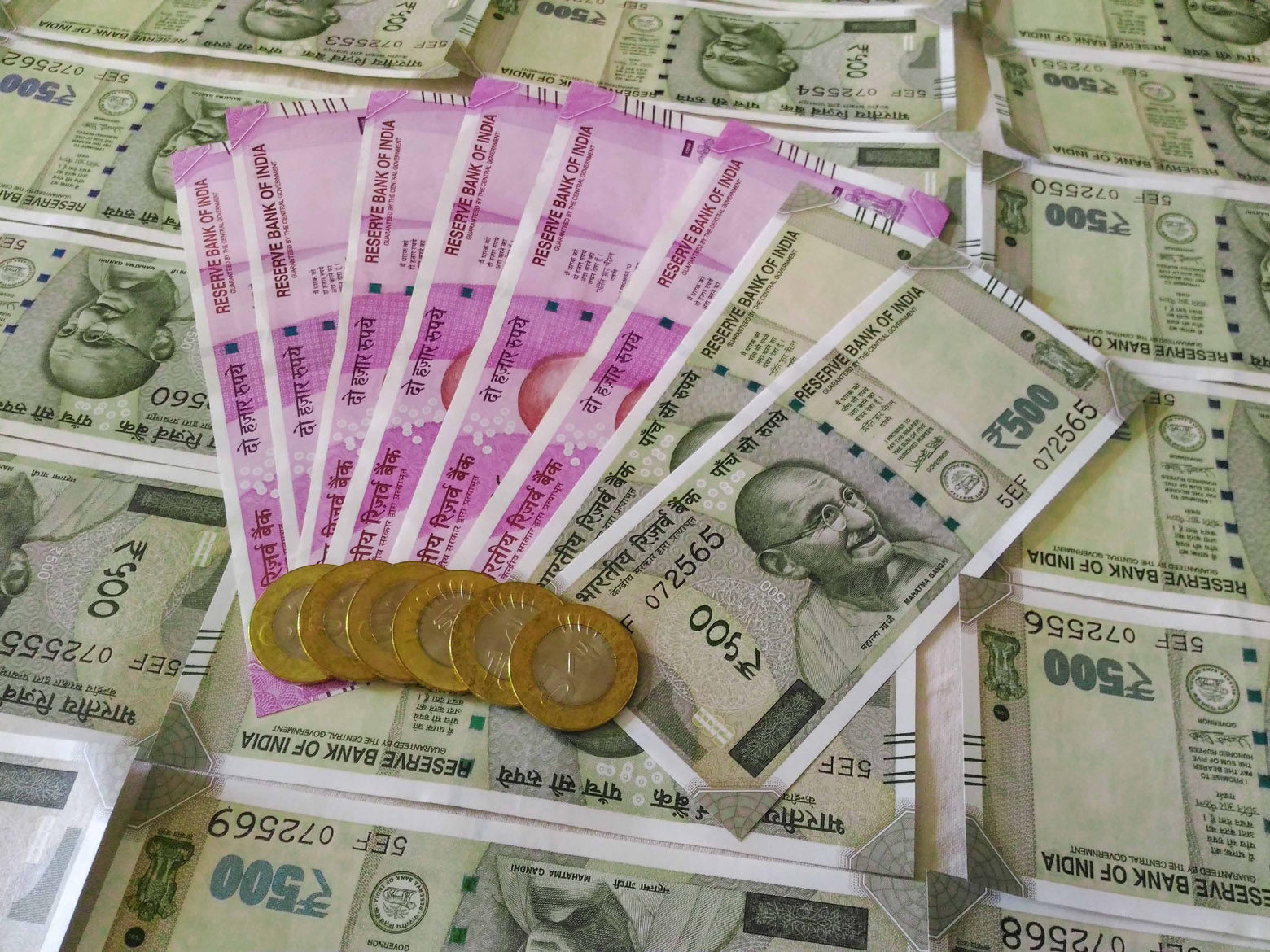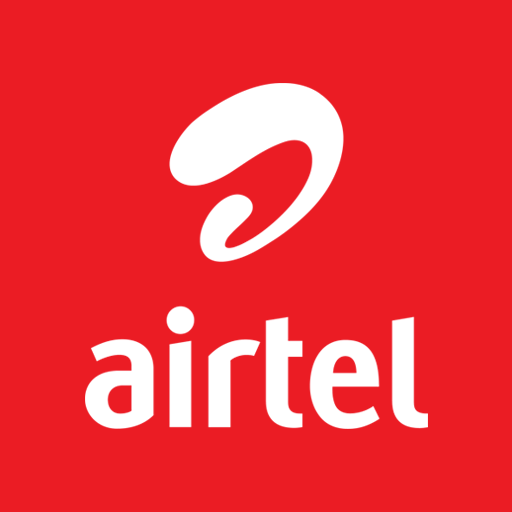India Ratings and Research (Ind-Ra) expects that the extension in the scope of Emergency Credit Line Guarantee Scheme (ECLGS) will support the liquidity of around one-third of mid and Emerging Corporates (MECs).
The additional funds made available for their working capital requirements along with extending the moratorium period in their previously availed ECLGS loans would lower repayment obligations in FY22, the agency said.
Furthermore, it will provide opportunity to MECs to swap their previous availed high interest-bearing term loans with lower cost ECLGS loans.
ECLGS’s rate of interest is capped at 9.25% for banks and 14% for the non-banks due to which a cost reduction of up to 200bp can be easily achieved, it added.
However, the working capital of MECs remaining stuck either in form of inventory or with debtors due to the extension in localised lockdown will remain a key concern as it might deplete the newly sanctioned funds in short term.
The liquidity cushion will improve in the key sectors such as consumer discretionary goods & services (CDGS), fast moving consumer goods (FMCG), industrials and basic materials sectors.
While a sizeable portion these MECs might continue to fully utilise their bank limits along with availing additional funds due to weaker collections, the additional funding will provide the much-needed liquidity support to continue their operations.
Over One-third of MECs in need of Liquidity Support: Ind-Ra has analysed entities in its MEC portfolio which were rated in the three months ended May 2021. Out of which, the basic materials sector comprises 19%, CDGS 37%, FMCG 8%, healthcare 8%, industrials 22% and others 5%.
Ind-Ra expects, in the remaining Rs 0.46 trillion of the Rs 3 trillion funds under ECLGS, the share of funds getting sanctioned will be higher in the most stressed CDGS and FMCG sectors.
The percentage of rated entities in these sectors with expected liquidity score below 1.2x in FY22 is 29% and 18%, respectively.
If we increase the bracket to expected liquidity score below 1.5x in FY22, then the entities falling in the bracket significantly increase to 51% in CDGS (1.2x: 29%) and 36% in FMCG (1.2x: 18%). The situation gets dire in the CDGS sector with 73% rated entities falling in our bracket, if we consider the expected liquidity score below 2x in FY22, said Ind-Ra.
Along with CDGS and FMCG, there a sizeable portion of the other key sectors which could dig in the remaining Rs 0.46 trillion funds. The percentage of rated entities having expected liquidity score below 1.5x in FY22 in the industrials sector stood at 30% (1.2x: 13%), in basic materials 27% (1.2x: 15%) and in healthcare 27% (1.2x: 13%).
The sector-wise summary of entities rated in the last three months capturing expected liquidity score in FY22 is as follows:

Liquidity Cushion likely to Improve: The second covid wave has led to disruptions majorly for the CDGS, FMCG and industrial sectors along with some impact in the basic materials sector. There has been significant dependence on the bank limits by MECs rated in these sectors in the last three months compared to preceding three months which reflects presence of liquidity stress.
In last three months, the percentage of entities using their bank limits over 95% in CDGS was 33% (preceding three months: 24%), in FMCG sector was 36% (18%), in industrials was 33% (40%) and in basic materials was 27% (23%).
However, the entities belonging to healthcare and other remaining sectors were able to largely maintain a comfortable liquidity position. In last three months, the percentage of entities using their bank limits more than 95% in healthcare was 9% (preceding three months: no entity) and there was no such entity in the other remaining sectors.
The sector-wise summary of bank limit utilisation for rated MECs in the 12 months ended May 2021 is as follows:


Current Funds Availability: Since the requirement for the liquidity support has increased in MECs, it will be crucial for MECs to quickly assess the requirement and apply for the loan as the lenders might consider MECs on the first-come-first serve basis, given the limited scope of funds available.
On 20 May 2020, the government launched ECLGS and allocated Rs 3 trillion for MECs over their existing credit lines. On 8 January 2021, Rs 2.14 trillion of term loans were already sanctioned to 9.06 million borrowers, out of which Rs 1.66 trillion was already disbursed to 42,46,831 borrowers.
On 30 May 2021, the sectioned loan amount was increased to Rs 2.54 trillion after which the ECLGS funds available for sanctioning stood at around Rs 0.46 trillion. On 30 May 2021, the government extended the scope of ECLGS to cover the business disruptions caused by the second covid wave by sanctioning of term loans to an extent of the remaining Rs 0.46 trillion, the agency added.





